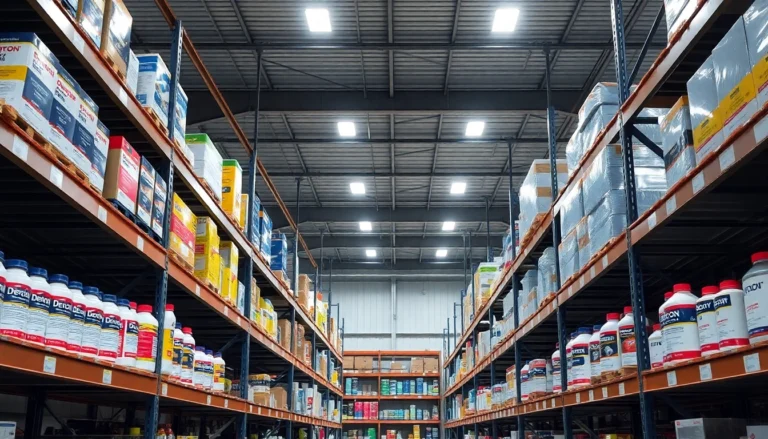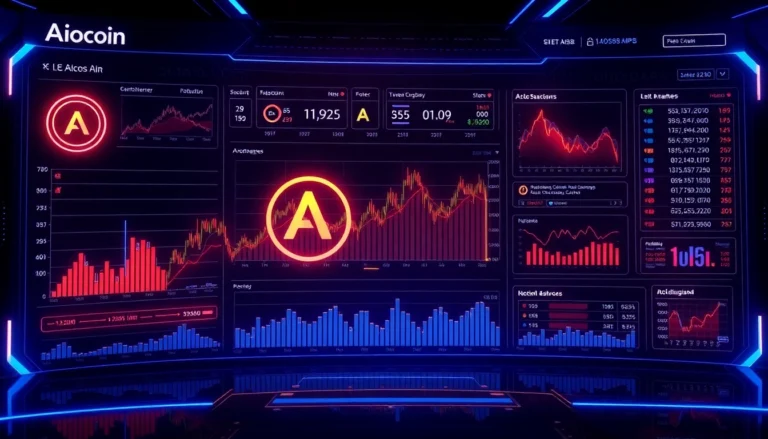Understanding Scissor Lift Rental: Types, Benefits, and Applications
In the dynamic landscape of construction, maintenance, and industrial operations, the need for safe, reliable, and versatile access equipment is paramount. Among the most popular pieces of equipment for working at height are scissor lifts, which provide stable platforms for various tasks ranging from building renovations to warehouse logistics. For many organizations, opting for scissor lift rental offers a cost-effective and flexible solution, replacing the often significant capital expenditure associated with purchasing equipment. This comprehensive guide explores the different models, benefits, and applications of scissor lifts, helping you make informed decisions tailored to your project requirements.
Introduction to Different Scissor Lift Models and Their Ideal Uses
Scissor lifts come in a broad range of models, engineered to meet specific operational needs. They are distinguished primarily by their power source, size, load capacity, and mobility features, each serving unique purposes across industries.
Vertical Scissor Lifts
Vertical lifts are designed for static height elevation in confined spaces. They are ideal for indoor maintenance, assembly line work, or installation tasks in warehouses. These models typically have a compact footprint and are easy to maneuver within tight spaces.
Telescopic and Articulating Scissor Lifts
Telescopic scissor lifts extend vertically and are suited for outdoor construction and infrastructure projects requiring reach over obstacles. Articulating options, with their multi-jointed booms, excel at accessing hard-to-reach areas on complex sites.
Rough Terrain vs. Indoor Models
For outdoor applications on uneven terrain, rugged, diesel-powered scissor lifts with four-wheel drive are essential. Indoor models, usually electric-powered, are favored for their quiet operation and zero emissions.
Advantages of Renting Over Buying for Project Flexibility
Choosing to rent scissor lifts offers significant advantages, especially in terms of project flexibility, cost management, and access to the latest technology. Unlike purchasing, renting allows organizations to scale their equipment needs dynamically, matching project demands without long-term investment.
- Cost Efficiency: Rental reduces upfront capital investment and ongoing maintenance costs, with rental fees covering repairs, servicing, and compliance checks.
- Access to Latest Models: Rental companies frequently update their fleets, providing access to newer, safer, and more efficient models.
- Operational Flexibility: Rental agreements can be tailored to project durations, from daily to long-term rentals, ensuring optimal resource allocation.
- Reducing Storage and Maintenance Burden: Rental eliminates the need for storage space and reduces the logistics of maintenance.
For example, a construction company working on multiple sites might rent different types of scissor lifts suitable for each project’s specific requirements, thereby avoiding unnecessary investment in equipment that might only be used intermittently.
Key Industries that Benefit from Scissor Lift Rental Services
The versatility of scissor lifts makes them indispensable across numerous sectors:
- Construction and Infrastructure: For building high-rise structures, facade work, and infrastructure repairs.
- Manufacturing and Warehousing: Facilitating assembly, maintenance, inventory management, and installation processes.
- Retail and Commercial Spaces: For store renovations, signage installation, and facility maintenance.
- Event Setup and Maintenance: Elevating displays, lighting, and sound systems for concerts, exhibitions, and festivals.
- Facilities Management: Maintenance of lighting, HVAC systems, and structural inspections.
The adaptability of rental solutions allows each sector to optimize safety, efficiency, and cost-effectiveness without the complexities of ownership.
Choosing the Right Scissor Lift for Your Project Needs
Electric, Diesel, and Hybrid Scissor Lift Options Explained
Selecting the appropriate power source is crucial. Electric scissor lifts operate quietly and produce zero emissions, making them ideal for indoor environments or enclosed spaces with strict air quality requirements. Conversely, diesel-powered models offer greater power and durability for outdoor, rough terrain applications, where increased load capacity and efficiency are essential. Hybrid options combine benefits, providing cleaner operation with extended runtime, suitable for mixed indoor-outdoor projects.
Factors to Consider: Height, Terrain, Indoor vs Outdoor Use
When choosing a lift, evaluate:
- Maximum working height: Ensure the model reaches the highest platform elevation needed.
- Site terrain: Rough, uneven ground necessitates heavy-duty, outdoor-rated lifts with appropriate traction.
- Indoor operations: Electric lifts are quieter and emission-free, essential for indoor safety and comfort.
- Access constraints: Narrow doorways or tight corridors may require compact or narrow models.
For example, a renovation project in a commercial building might require a 6-meter electric scissor lift suitable for confined indoor spaces, while an outdoor construction site might need a 10-meter diesel-powered model.
Cost Considerations and Rental Duration Planning
Rental costs are influenced by factors such as equipment type, duration, and delivery logistics. Typically, weekly rentals incur lower daily rates, but for short-term projects, daily rates or even hourly rentals may be more economical. Careful planning and capacity assessment help avoid unnecessary expenses, such as overestimating height requirements or choosing models with excessive load capacities.
For instance, a small-scale maintenance job might only need a day’s rental of a compact electric scissor lift, whereas ongoing construction phases could benefit from a long-term lease with maintenance included.
Best Practices for Safe and Efficient Use of Rented Scissor Lifts
Pre-Rental Inspection and Site Assessment Tips
Prior to rental, conduct a comprehensive site survey. Assess ground conditions, overhead hazards, access points, and the proximity of power lines or other obstructions. Ensure the site can accommodate the lift’s footprint and operational parameters.
Equipment inspection involves verifying structural integrity, inspecting safety devices, checking fluid levels, and ensuring control systems are operational. Many rental providers offer pre-delivery inspections or detailed manuals to facilitate this process.
Operator Training and Safety Protocols
Proper training minimizes accidents and enhances productivity. Operators should be certified in safe lift operation, familiar with load limits, and aware of emergency procedures. Regular safety audits, use of harnesses, and adherence to manufacturer guidelines are vital.
Maintenance Tips for Rental Equipment During Use
Routine checks during operation include monitoring tire pressure, inspecting for hydraulic leaks, and ensuring safety features function correctly. Any damage or irregularity should be reported immediately to the rental provider to prevent breakdowns or safety incidents.
Maximizing ROI from Your Scissor Lift Rental
Scheduling and Logistics Optimization
Efficient scheduling involves aligning lift rental delivery and pickup with project timelines. Coordinate with rental providers for same-day or next-day delivery, and plan for optimal utilization during working hours to avoid idle periods.
Leveraging Different Models for Varied Tasks
Employ a mix of models based on task requirements—using narrower lifts for confined indoor spaces, high-reach models for exterior facade work, and rough terrain lifts outdoors. Cross-utilization ensures cost-effective resource deployment.
Performance Metrics and Project Success Evaluation
Track key performance indicators such as job completion time, safety incident rate, and equipment uptime. Post-project analysis helps identify operational efficiencies, potential improvements, and informs future rental decisions.
How to Book and Professional Support for Scissor Lift Rental
Steps to Secure Your Rental Equipment Quickly
Begin by defining your project scope, including the required lift type, duration, and location. Contact reputable rental companies or use online portals, providing detailed specifications and scheduling preferences. Many providers facilitate rapid booking via dedicated support teams or digital platforms.
Customer Service and Technical Support Availability
Reliable rental companies offer 24/7 technical support, on-site assistance, and troubleshooting to ensure minimal downtime. Always verify the availability of emergency support, clear communication channels, and comprehensive operator guidance.
Long-term Rental Options and Customized Solutions
For ongoing projects, explore long-term leasing arrangements that include maintenance, training, and dedicated account managers. Custom packages tailored to your project’s unique needs can also include multiple equipment types, logistical support, and safety management solutions.








